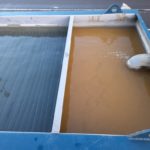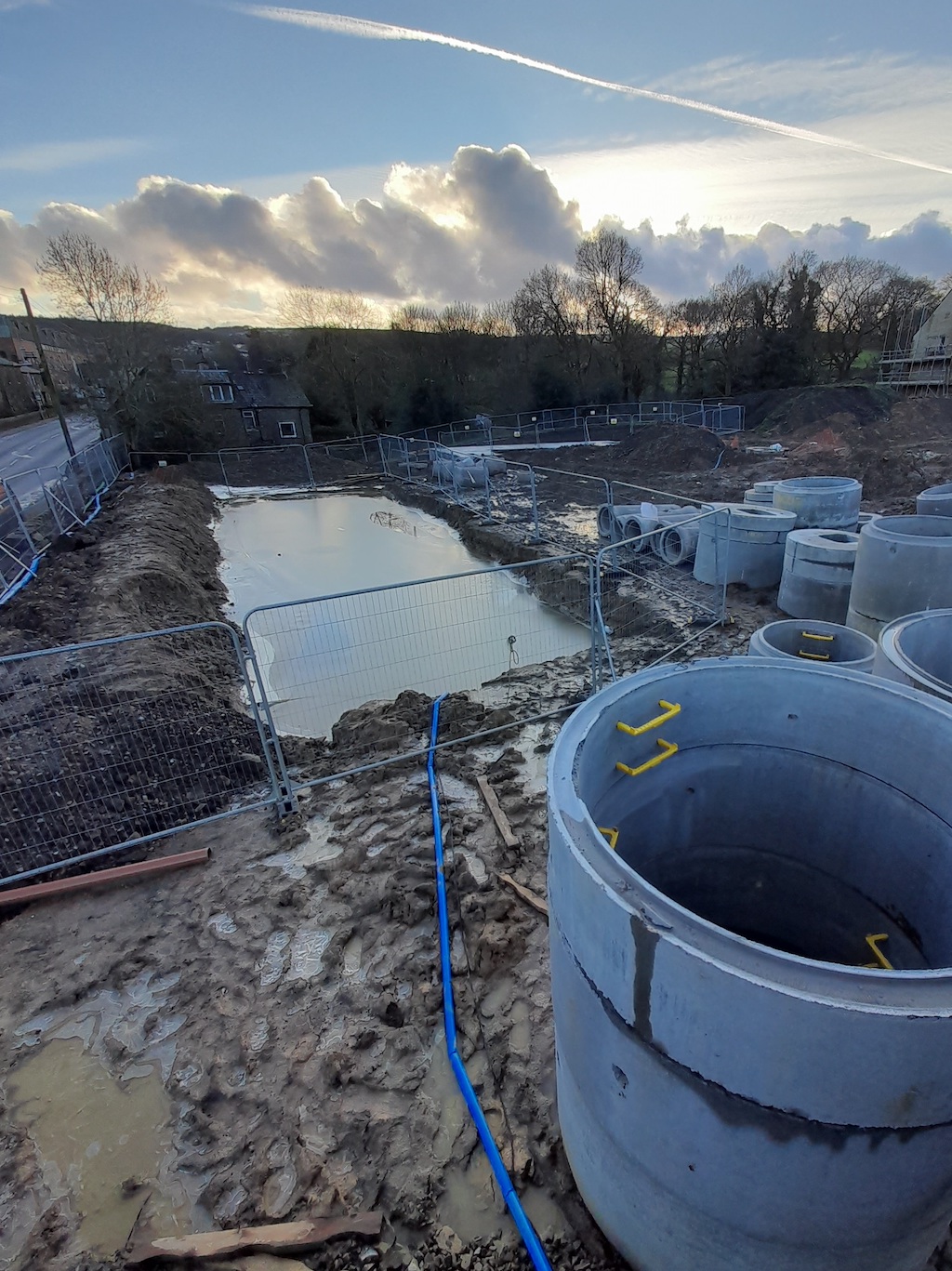Much is said these days of the importance of building in a carbon-friendly manner. However the huge impact construction sites have on the immediate surrounds and the local environment mustn’t be forgotten.
Here, Sam Byrne, Technical Sales Engineer at Siltbuster, the water treatment specialist, shares his insights into environmental compliance within housebuilding and how it can be achieved.
Environmental compliance is now very much at the forefront of the housebuilding industry, both on small and large scale projects. As a result of the existing sentencing guidelines set out by the Environment Agency in England, Natural Resources Wales in Wales and the Scottish Environment Protection Agency in Scotland, sustainability must be at the forefront of minds within the housebuilding industry.
It is essential to understand that managing potential waterborne contaminates on any housing project now plays a major role in keeping it environmentally compliant.
It’s important to carry out a thorough environmental plan of a housing site prior to breaking ground. This provides an opportunity for potential waterborne contaminates to be identified, along with receptors – foul sewers and watercourses – and pathways that might pave the way for pollution to spread.
The most common sources of waterborne pollution on UK housing sites include suspended solids, high pH (alkaline) water, hydrocarbons and metals. If released into the environment, such pollutants can have a devastating impact on aquatic life. These impacts are punishable with serious fines.
The good news is that through identifying potential issues at the planning stage of a project, measures can be put in place to mitigate any concerns.
In addition to knowing the vulnerabilities of a housebuilding site when it comes to possible water contaminates, it’s also worth knowing which activities on site can cause problems.
Issues can be caused by the stripping of topsoil and the creation of open excavations. These procedures allow surface and groundwater to come into contact with exposed mineral fractions within the local geology, causing solids to fall into suspension, giving waters a dirty and discoloured appearance. If left untreated prior to discharge from a site, suspended solids can smother the spawning grounds of aquatic life and block fish gills, ultimately causing suffocation.
Concreting activities, such as mixer chute washdowns and concrete pump washouts, can also cause problems onsite, elevating the pH of water. Lime used within cement can react with washwater to produce calcium hydroxide – a very alkaline substance that can be extremely harmful to aquatic life by causing ‘pH shocks’.
Water Treatment
In order to combat the threat of water pollution, housebuilders must consider the role that treatment systems can play for a range of applications, whether it be for treating fine, suspended solids, facilitating small and large scale pH adjustments, treating free-phase hydrocarbons, or something else.
To put these decisions into a real life example, a housebuilder in the north of England recently called upon Siltbuster to treat its slow-settling clay solids in suspension. Without incorporating an active treatment system, the housebuilder would have been discharging polluting water to the nearby watercourse, putting the entire site out of environmental consent. However, through analysing the treatment requirements onsite and designing a bespoke treatment solution, the housebuilding site now has a system installed that treats discoloured water with a high level of suspended solids to a standard that ensures no breach of the site permit issued by the EA.
According to the housebuilder, “the Siltbuster treatment system is working well and has proven to be a massive help.”
As a result of the potential consequences of releasing untreated contaminates to a sewer network or a surface watercourse, coupled with financial penalties in place for sites that aren’t environmentally compliant, decision-makers need to understand the issue of water pollution. By adopting a proactive approach to pollution prevention and through reliable treatment systems, a cost-efficient, effective approach to dealing with onsite contaminates can be pursued.










